How to train your dog to muzzle?
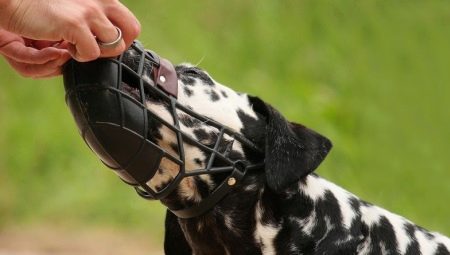
Any dog breeder should know that even if his pet is the most good-natured creature, a muzzle should always be at hand. If you do not put it on your pet when you walk on the street, then there are public places where you cannot do without a muzzle. These can be parks and playgrounds where children are walking or are, public transport or entertainment facilities (clubs, stadiums, cafes, etc.). It is also necessary if you have an aggressive dog or he likes to pick up dirty objects on the street, lick surfaces, and, of course, for visits to the veterinarian.
Many people grimace at the mention of this accessory, knowing that no dog is happy to walk in a muzzle, but you need to treat this item like the rest of the "dog's uniform" - collar, leash, costumes.
You will not have any problems with training if you started training your pet as a puppy. But even if the moment is missed, still nothing is lost - stable training and patience will help to muzzle the dog.
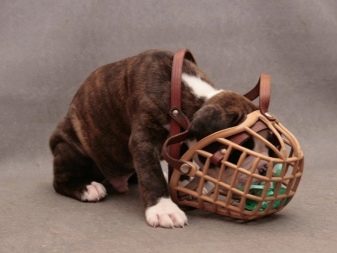
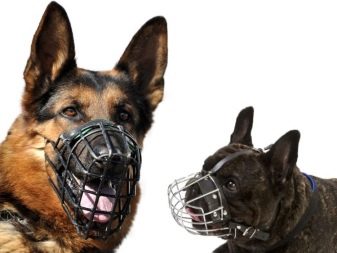
Choosing a muzzle
It is very important to outline a few points to consider when buying:
- the muzzle should be the size of the pet's jaw, not dangling or crushing, but free enough to open the mouth;
- the dog should not be stuffy;
- the holes between the straps should give the dog the opportunity to stick out its tongue;
- the muzzle can be made of plastic, metal, leather, nylon (the choice depends on the breed of the dog, its size and on the situation in which it is required to wear the muzzle);
- depending on the purpose, the appropriate model is selected (for example, in the heat while walking in the park, it makes no sense to “pack” the dog in a solid muzzle, the “basket” model will do much better - it is free and makes it easy to breathe).
Remember thermoregulation is very important... Dogs should be free to stick out their tongues and open their mouths, because it is oral breathing that provides thermoregulation. Dogs, unlike humans, do not have as many sweat glands.
It is strictly forbidden to tighten the pet's mouth strongly - this can even lead to death, because the animal simply cannot regulate its normal body temperature with its mouth closed and can receive heatstroke, leading to death.
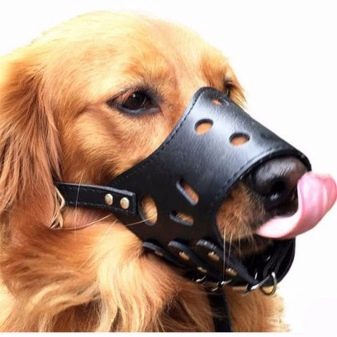
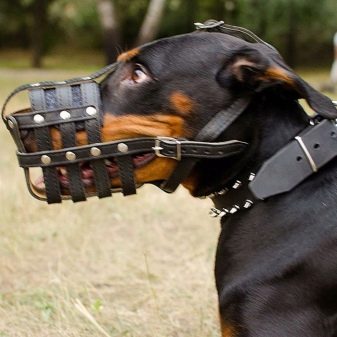
Muzzles are necessary in order to ensure the safety of the people around you and, in some cases, yourself. It is especially necessary at an appointment with a veterinarian, and, in general, in the provision of any medical care, even if you yourself are acting as a veterinarian. Sometimes your pet, in pain or trauma, may inadvertently bite you when you are trying to help.
For a visit to the veterinarian, we recommend purchasing cloth muzzle, which can be bought at any pet store at veterinary clinics. There is a huge selection and you can always try different models to find the perfect one.
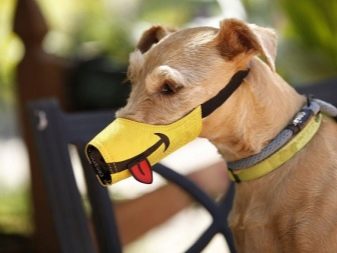
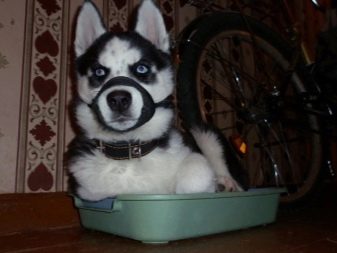
We put a muzzle on the pet
What is the ideal age for training? Most often, the muzzle is started to be put on five-month-old puppies. But even if you did not start at that age, but decided to train an adult dog, then there are no difficulties in this, because the training scheme is aimed at both puppies and adult dogs.
- The first step in getting used to it is to simply get to know the accessory. Place it in front of your pet (do not play with the muzzle or scratch it), let it smell. Try to explain that everything is good and that this is a useful subject. The animal will surely catch your positive attitude and kind intonations. Show that the item is not threatening. Be sure to praise your dog for how he welcomes a new product.
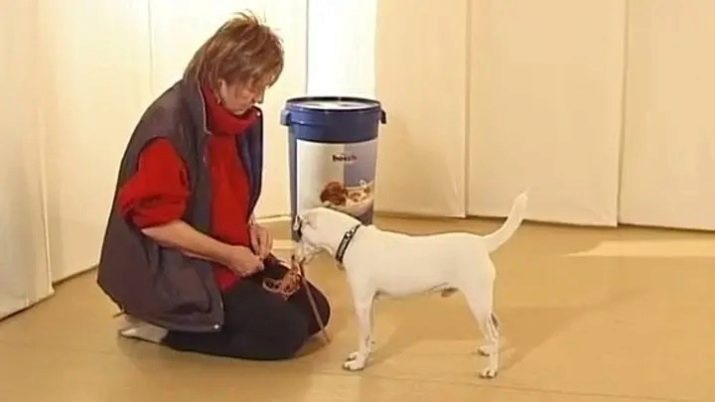
- Now you can make the "bait". Take something edible from your pet's favorite treats and place it in the muzzle so that the animal has to stick its muzzle inside to get the treat. You need to try feeding through the basket. Do not rush to fasten the muzzle and rejoice if the animal obeyed. For now, the dog should just get food and get out freely - otherwise, the technique will create an erroneous association that this is a trap, and the dog will not make contact anymore. Do the trick several times, creating an associative array.
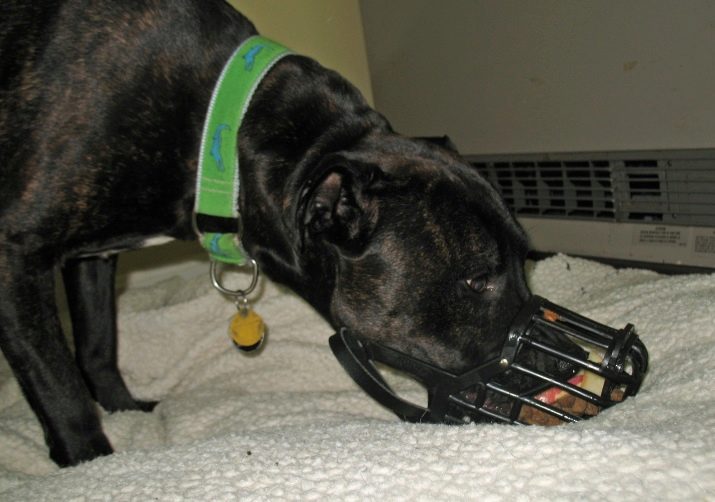
- Now you need to create a larger interval of time between receiving treats. Wait a couple of seconds and release your hand only after that to let the dog know to stay inside the muzzle to receive the treat. Be sure to compliment when your pet obeys.
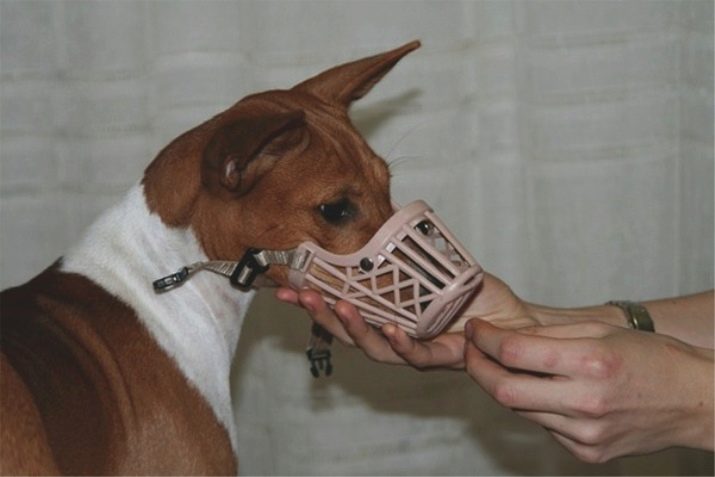
- If you manage to hold the animal for up to ten seconds, you can try to fasten the belts and fasten the muzzle. Be generous with praise - this is something completely new to your friend, and the fear is obvious. Let your dog feel the full power of your support. To help your dog have positive expectations, wear a muzzle before feedings.
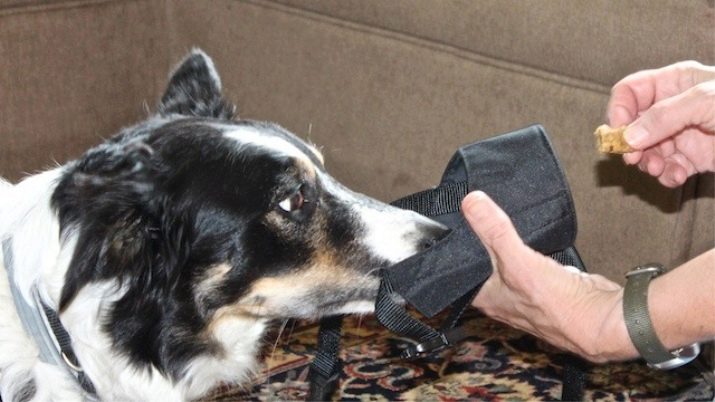
- Don't get angry when your dog is trying hard to remove the muzzle.... Learn to distract - whistle for a game, throw a ball or a toy. Always have promotional treats ready. This time is a real test of patience for both you and your dog. She will constantly try to get rid of the accessory, which is understandable, because this is an artificial construction, the use of which cannot be explained to the dog. But be persistent and do not indulge when the animal asks to remove the muzzle. Create good associations with the object in your dog - let it be a harbinger of walking or playing.
Be sure to encourage the dog with treats if you see that he has been in the muzzle for a long time and does not rip it off.
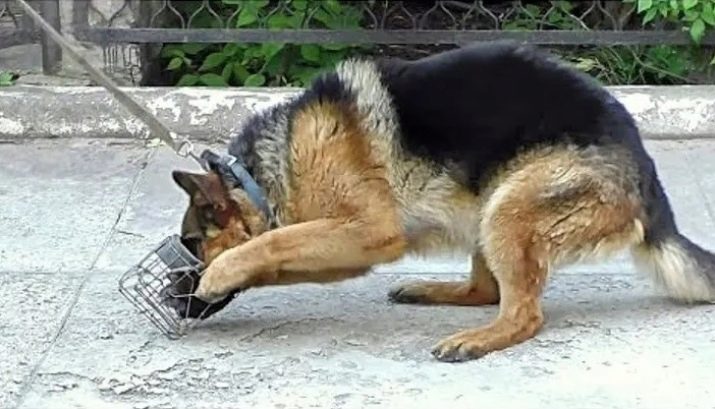
- If you can't teach your pet to the muzzle on your own, and you can't do it without it due to various circumstances, do not hesitate to ask for help from professionals and people, who have already gone this way, have successfully taught their pets and are ready to share their knowledge. Dog breeders love to arrange meetings where they willingly share their experience. Communicating with each other, dog lovers get answers to many questions, which in the future helps to avoid mistakes when raising pets.
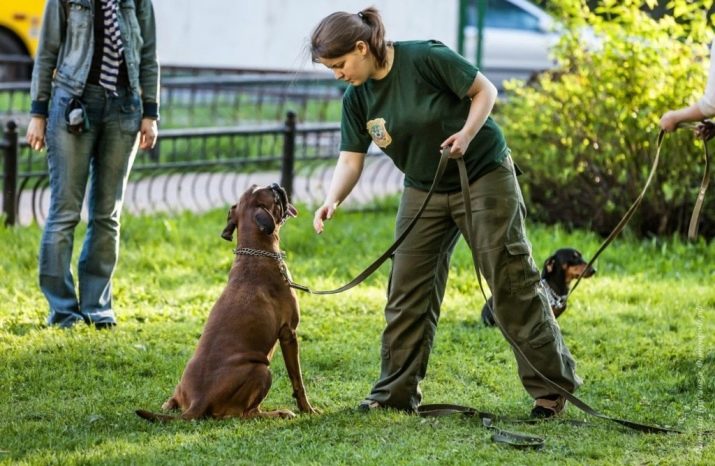
Useful Tips
- Don't jump from stage to stage. Don't miss out on important moments when you see progress. Repetitive commands, patience, and building the right associations are key to success.
- Do not remove the muzzle, indulging the dog when she tries to get rid of it herself. This will let her know that you are following her commands, and not vice versa, and then she will endlessly try to free herself, and hint that you unfasten the straps.
- Do not muzzle the animal before events or activities that it does not like (maybe it's a vet appointment or bathing). The dog will associate the muzzle only with the negative, and the training process will be very painful.
As you can see, if you put in very little effort and be patient, there is nothing difficult in accustoming yourself to ammunition. And if everything is done accurately and in stages, your four-legged pet will not perceive the muzzle as an enemy object, but, on the contrary, will understand that this is a signal of something pleasant.
Praise your friend and show that nothing terrible will happen, that if he agrees, then he will have a pleasant surprise or a long-awaited walk.

Create the right, warm atmosphere and reap the benefits of your efforts with a smile.
See the following video for tips on how to properly muzzle your dog.






































